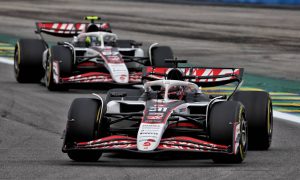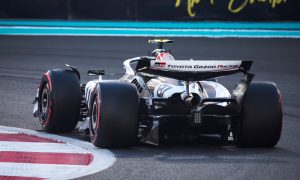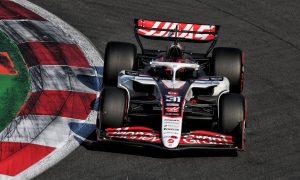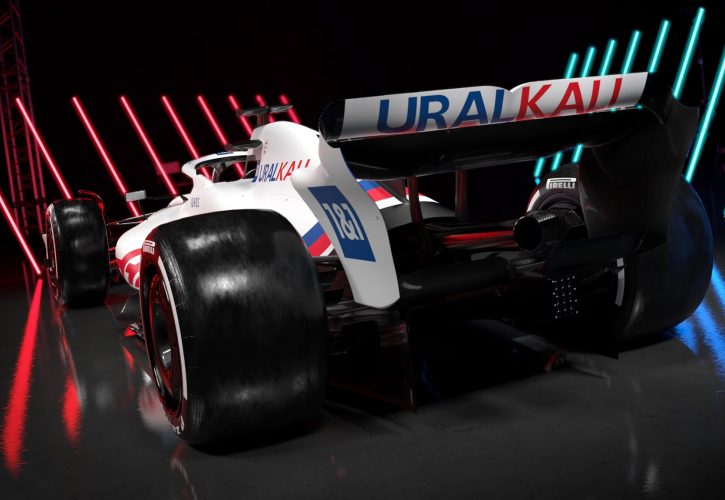
Haas technical director Simone Resta says the team's 2022 car which caters to Formula 1's all-new technical regulations is "the most complex project" ever undertaken by the US outfit.
Following the introduction of F1's new rule book which aims to promote closer racing, Haas' VF-22 marks a significant departure from its predecessors in terms of its aerodynamic design.
Haas has incorporated in its design all the new aero elements that will hopefully tighten up the field and boost the show on the track, such a ground-effect floor and simplified front and rear wings.
The VF-22 is also the first car produced by Haas' new Ferrari-affiliated design department located in Maranello, comprising a new group of engineers overseen by Resta.
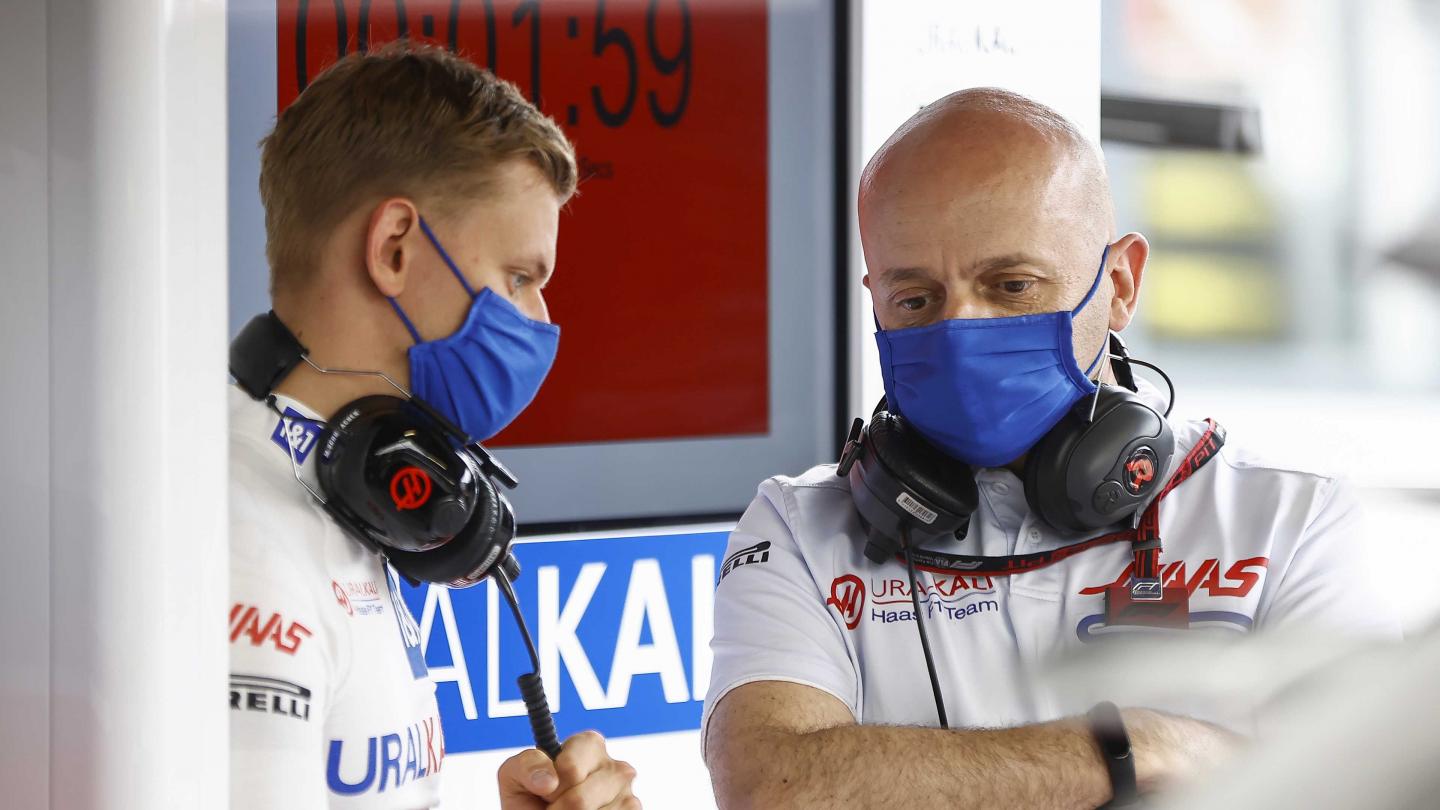
©Haas
"This is probably the most complex project the Uralkali Haas F1 Team has dealt with to-date for many reasons," said Resta.
"It’s a completely new set of regulations and this season we’ve brought in a new team to manage the creation of the VF-22.
"Not everyone is new but a good chunk of people have joined with a revised structure now in place. I consider this as a great success in the process.
"We’re still early in the project and going through a transitional season of working together on a car for a full year, but if we look back where we started, this team is already a success."
"It been a challenge at times when creating such a radically different car when internally we’re also creating new processes and structures as the team has been created. It’s hard to appreciate starting with an entirely new department and being tasked to lead such a project.
"Although it has been a challenge, I can’t stress enough how proud I am of the team we have built over the past year. With new team members, many from Ferrari, and working very closely with Dallara, we’ve now got a fully-fledged design office in Maranello."
Resta stressed that the magnitude of F1's regulation overhaul represented a big challenge for his design department as there were very little carryovers from last years' car.
"The biggest change is the aerodynamics, and from that perspective it’s a complete revolution because the regulations are so different," he said. "The brakes and the brake ducts are a big change as well. Not a revolution per se but very different compared to previous years.
"In terms of the car itself – other than the steering wheel, pedals, and extinguisher – there are no carryovers. Everything must be changed essentially. In certain aspects, freedom is limited compared to previous years, but the devil is in the detail, so I suspect that we will see a vast difference in performance across all cars."

©Haas
Haas's new car that will be raced once again this year by Mick Schumacher and Nikita Mazepin will take to the track for the very first time on February 23 at the start of pre-season testing at the Circuit de Catalunya in Barcelona.
But Resta says he's already taken away a few learnings based on the VF-2's radical new design.
"The challenges around the weight of the car from various aspects has been made apparent," he said. "
"We’ve seen a progressive improvement in terms of expected performance week after week though, so I believe there’s potential and opportunity to develop the car throughout the season and I expect all the teams will develop their cars significantly during this season."
Keep up to date with all the F1 news via Facebook and Twitter





